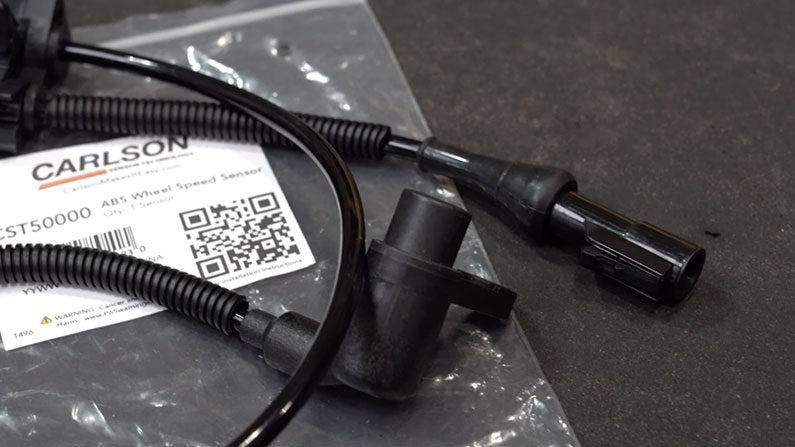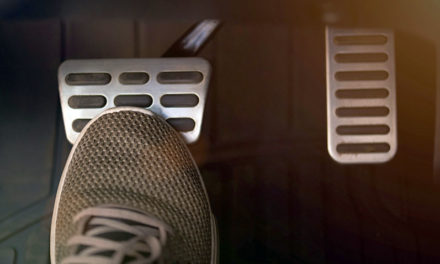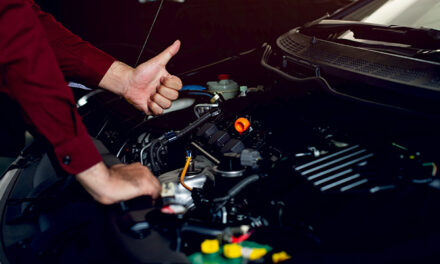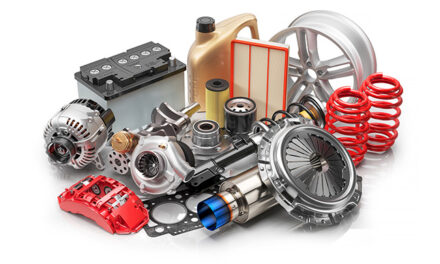Best Practices for ABS Sensor Replacement
Replacing an anti-lock brake speed sensor is a job that most DIYers can tackle without too much trouble. In most vehicles, you only need a few wrenches, a new replacement ABS sensor kit, a lift or jack stands, and about 30 minutes to knock out this chore. Using a few tricks of the trade can limit frustration and ensure an installation that is ready to hit the road for many more miles.
What is the ABS Sensor and What Does It Do?
The ABS sensor is part of the anti-lock braking system. The sensor is a magnet that detects the speed of the wheel and transmits the data to the ABS controller. If sudden braking is detected by the sensor, the ABS controller rapidly applies the brakes to allow the vehicle to come to a controlled stop. The ABS sensor wiring may become corroded over time, which sends obviously incorrect data to the ABS controller, resulting in an ABS warning light on the dash and deactivation of the ABS system.
Tips for a Safe ABS Sensor Replacement
Best Option: Place the car on a lift for easy access under and behind the wheel and wheel well.
Good Option: Use a professional grade jack to lift the weight off the wheel paired with a jack stand holding up the frame.
Not a Good Option: Don’t use the jack included with the car for emergency tire changes. This is the least stable option, and it is possible to have the car fall off the jack.
**Wear safety goggles to prevent rust from falling in your eyes. Wear mechanics gloves with a good grip to avoid scratches and dropping bolts. A creeper will keep you out of the dirt and provide some support for your back.**
Quick Checklist to Remove the ABS Sensor
- Use a properly sized long socket wrench to remove the bolt that holds the ABS in place.
- If the ABS sensor is stuck, give it a quick whack with a hammer or spray some WD40 to get it out.
- Work your way up the wheel well, removing bolts as you go to avoid missing one.
Installing the New Replacement ABS Sensor
- If you have a multimeter, test the new sensor before installation to guarantee that it meets performance specs.
- Insert the new sensor in its position.
- Spray anti-seize lubricant into the bolt hole to prevent corrosion.
- Make sure the bolt is seated and tight to limit movement and extend proper performance of the ABS sensor over time.
- Spray both sides of the wiring harness with electrical contact cleaner to ensure a proper connection.
- Double-check the path of the wires to ensure that all bolts and panels are replaced.
- Once the car is off the jack or lift, start the car and check that no brake light is illuminated.
- Test drive the car for proper performance including hard braking to get the ABS system to kick in.
Of course, you should only use an ABS sensor replacement kit that is built specifically for your year, make, and model. The kit should include a preassembled ABS sensor, wires, and quick-connect wiring harness. You may need to purchase replacement bolts if yours are corroded and must be drilled out in order to be removed.










